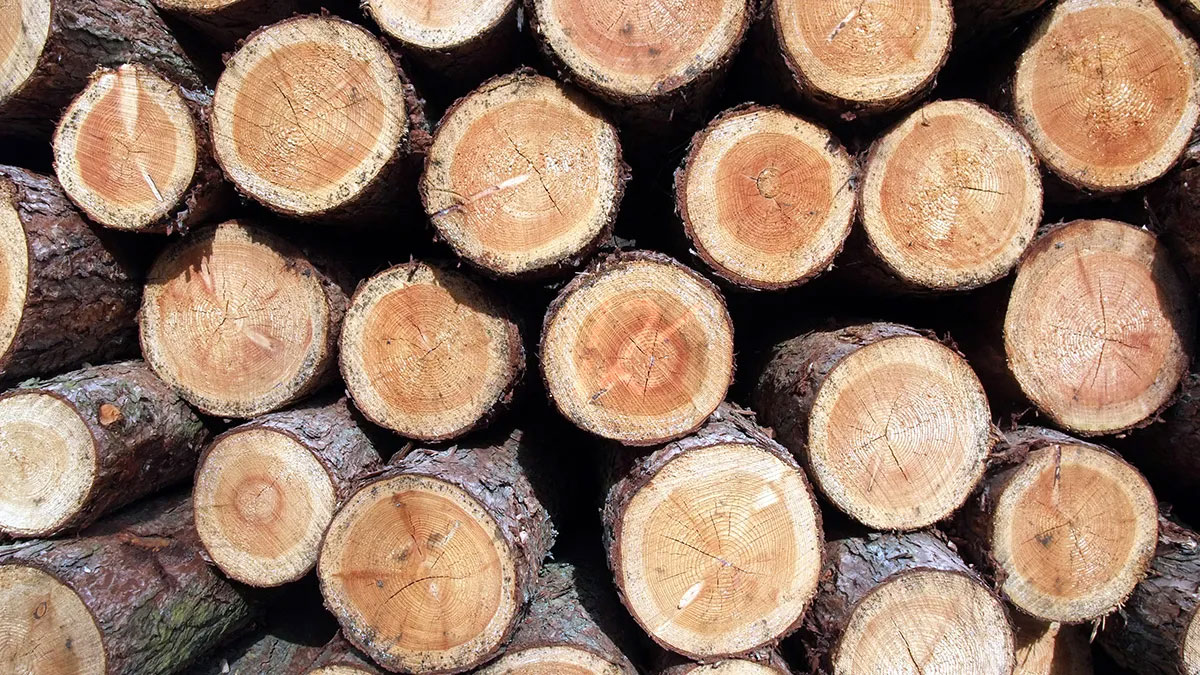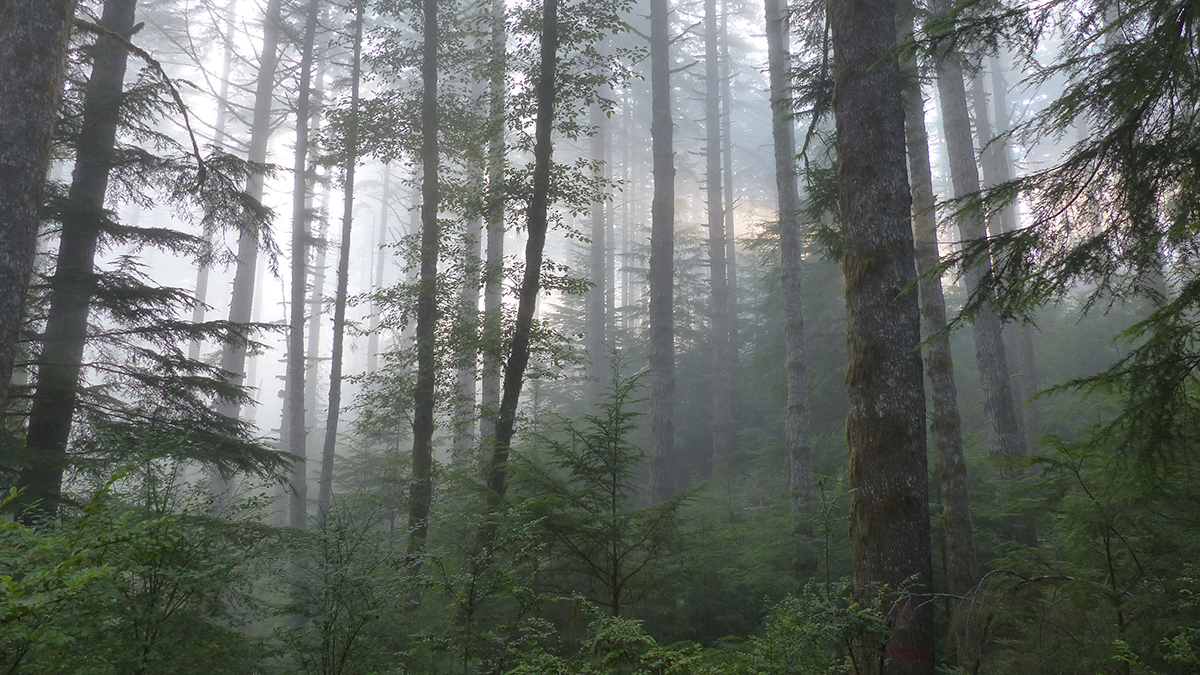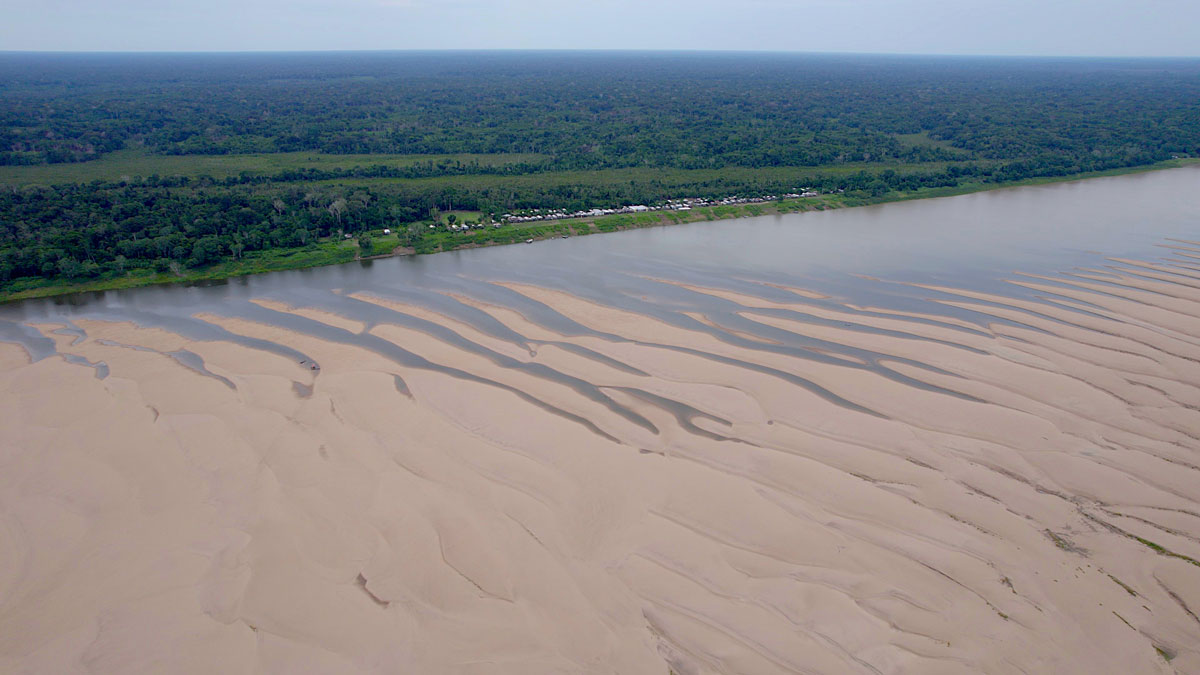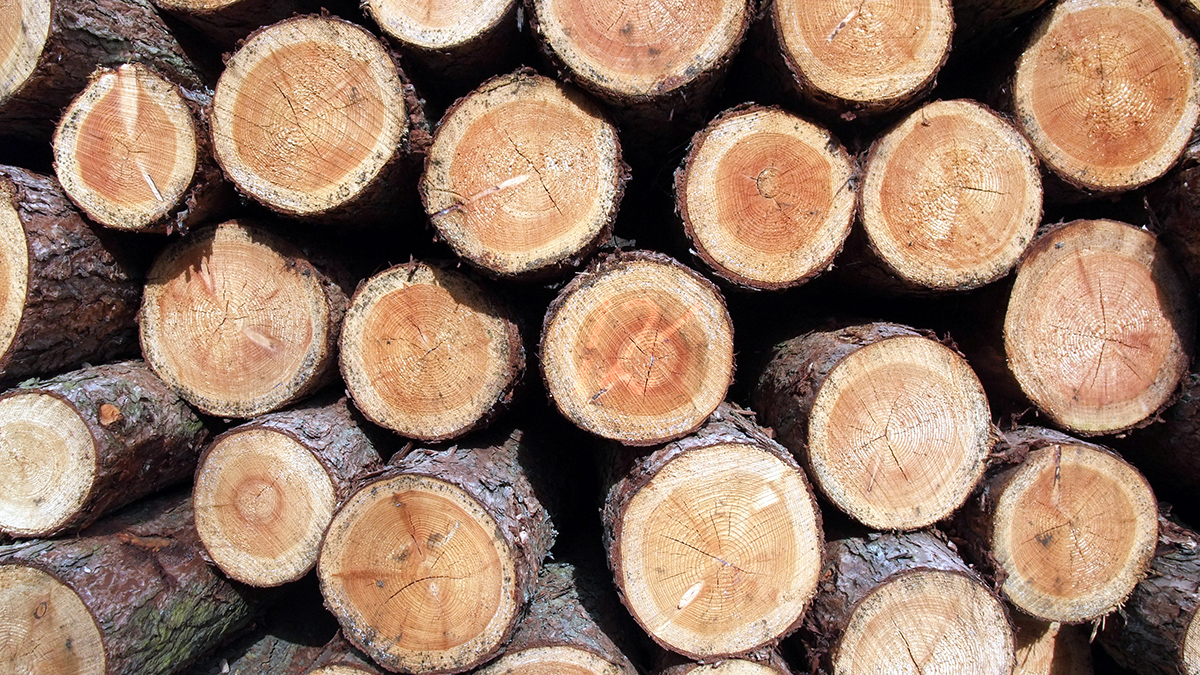Complex changes in land use, land cover, climate, and demographics are combining to stress water security for millions of people in the region.
forests
Extra Carbon Dioxide Helps Lower Layers of the Amazon Thrive—for Now
Plants living in the shadows grew faster when exposed to excess carbon dioxide. But this short-term effect could vanish in a high-emission-induced warmer future, making the forest a carbon source.
When It Rains, It Pours!
Water that falls on a forest canopy during rainfall events reaches the ground at focused locations called “pour points”. This insight has a major impact on how we view hydrologic processes on the ground.
Quase um Ano depois, a Seca na Amazônia Está Longe de Terminar
Fortalecido pelas mudanças climáticas, o período de seca no norte do Brasil poderá durar mais que o originalmente previsto e ter consequências econômicas e ecológicas prolongadas.
Warming Experiment Explores Consequences of Diminished Snow
The SPRUCE ecosystem in northern Minnesota offered a setting to research exactly how a snowy environment responds to rising temperatures.
Planting Trees May Not Be as Good for the Climate as Previously Believed
The climate benefits of trees storing carbon dioxide is partially offset by dark forests’ absorption of more heat from the Sun, and compounds they release that slow the destruction of methane in the atmosphere.
Los países más pobres enfrentan consecuencias más graves del cambio climático
A medida que los bosques se desplazan hacia latitudes más altas, las naciones enfrentan pérdidas tanto de beneficios ecosistémicos de mercado como no mercantiles.
The Best Way to Kill Trees to Create Habitat
Standing dead trees—or snags—shelter animals, store carbon, and cycle nutrients. A long-term monitoring study found that lopping off a tree’s top branches is a good way to turn it into a snag within about 20 years.
Almost a Year in, Drought in the Amazon Is Far from Over
Strengthened by climate change, northern Brazil’s dry spell might last longer than originally fore-cast, with lingering ecological and economic consequences.
Poorer Countries Face Heavier Consequences of Climate Change
As forests shift to higher latitudes, nations to reckon with losses of both market and nonmarket ecosystem benefits.










